This is a large-scale statistical survey, organized periodically every 10 years, with the goal of building a panoramic picture of life, production and rural economy nationwide.
Effective communication – Accurate and informed investigation
As a province with a large area and large population, the rural census in Thanh Hoa has a large number of survey samples with 452 communes (old), 690 thousand households, 967 farms, 1,261 enterprises and 712 agricultural, forestry and fishery cooperatives. To ensure the 30-day survey period, many tasks have been prepared before July 1.
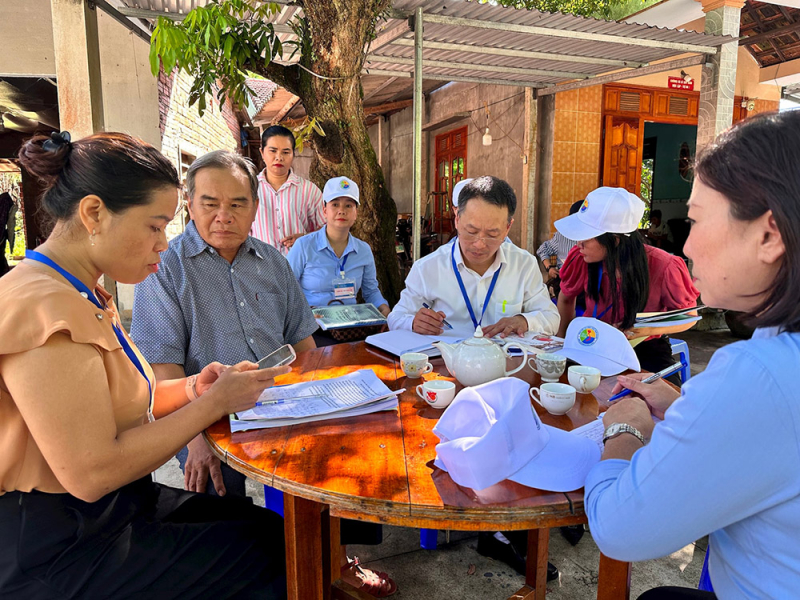
Mr. Thai Ba Minh - Director of Thanh Hoa Provincial Statistics Office, said that preparations for the General Census have been completed: "We have made a list, or called a census. Since March 1, we have the data as of today. For commune ballots, due to the implementation of a 2-level local government, we had to do it from communes first from June 15. Up to now, the commune ballots have been completed and only town ballots remain."
Mr. Pham Hoai Nam, Director of the Hanoi Statistical Office, said: The 2025 Rural and Agricultural Census takes place in a special context, when the whole country is implementing a two-level government model.
In Hanoi - a locality with rapid urbanization, a large number of non-agricultural, forestry and fishery households and many apartment buildings in rural areas, accessing households is not without difficulties. Households often come home late from work, and entering and leaving the apartment building must go through security guards, causing obstacles to the work of making the list. Faced with this reality, the Hanoi Statistics Department has proactively implemented many flexible solutions to ensure the progress and quality of the survey, such as: Applying modern technology throughout the entire survey process; Deploying a chatbot system to provide online support for investigators and supervisors; Setting up a hotline to promptly answer questions during the implementation process.
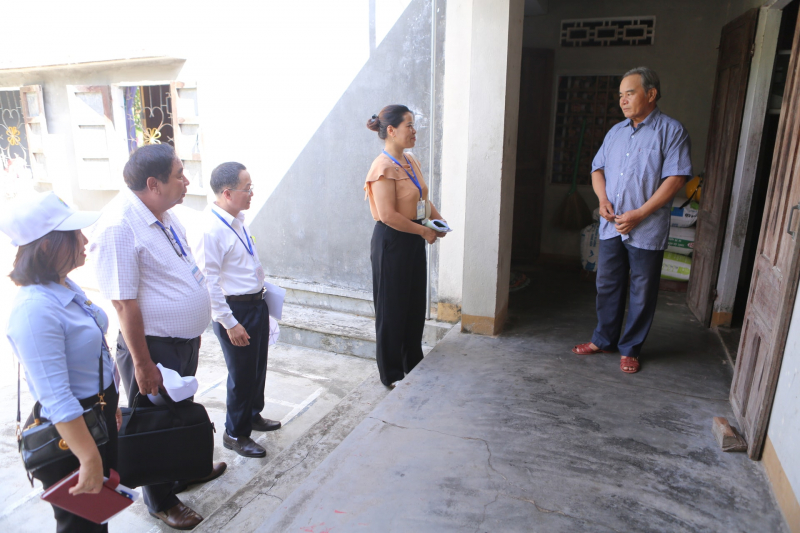
Mr. Nam said that the investigators have been thoroughly trained in how to identify agricultural, forestry and fishery households, interview skills, information collection and CAPI software operations. Investigators are required to uphold a sense of responsibility, ensuring that the information collected is correct - sufficient - timely. In 2025, the whole city of Hanoi will have 6,460 survey areas, with 1,325,718 households listed, of which 597,569 households operate in the fields of agriculture, forestry and fishery (accounting for 45.1%). The city has mobilized 5,000 investigators, 409 team leaders and nearly 200 supervisors to conduct this General Census.
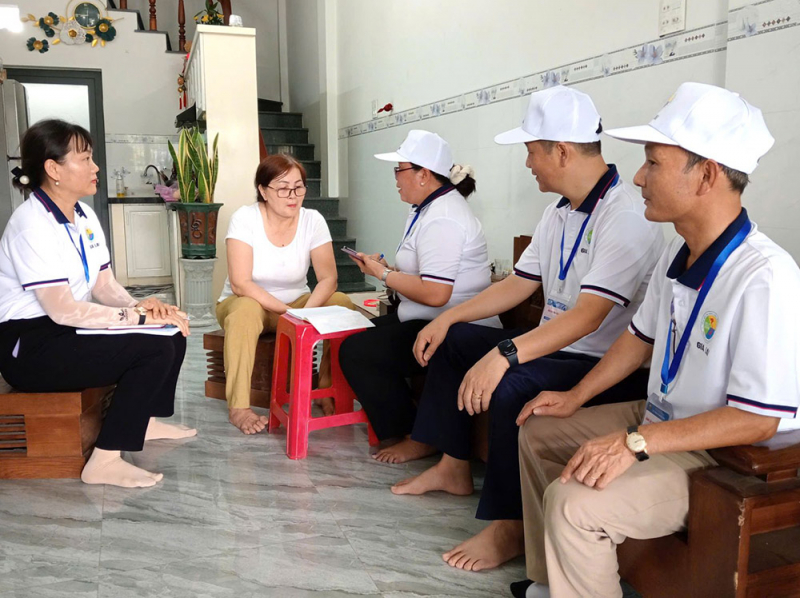
Mr. Dang Canh Phuc, a resident of Cao Cuong village, Quang Oai commune (Hanoi), said that in recent days, villagers have been informed about the purpose and significance of the Census through various forms such as television, banners, slogans and loudspeakers. He expressed his hope: “We hope that the results of this Census will help the State have a comprehensive view of rural areas and agriculture, thereby issuing appropriate policies to help people like us gradually improve our lives and develop sustainable production.”
In Gia Lai, Mr. Phan Quoc Hung, Director of Gia Lai Provincial Statistics, said: From July 1 to July 30, 2025, the whole province mobilized nearly 6,500 people, including 4,357 investigators, to collect information from more than 564,859 households in 3,995 locations.
In order for the General Census to achieve good results, Mr. Hung requested that Party committees, authorities, the Fatherland Front, organizations and people at all levels actively promote and raise awareness of the purpose, significance and importance of the census. Identifying this as a key task in 2025, it requires focused and decisive leadership and direction. He emphasized that members of the Steering Committee at the commune level must uphold their responsibilities, have a firm grasp of their profession, stick to their localities, and complete their tasks in accordance with content, quality and progress. The implementation results will be the basis for assessing the quality of cadres.
Team leaders and investigators need to be serious and accurate in collecting information and recording electronic forms (CAPI) on tablets or smartphones, ensuring accuracy, completeness and no errors.
In Da Nang, Phu Ninh commune was chosen as the locality to launch the 2025 Rural and Agricultural Census. Ms. Nguyen Thi My Chau, investigator of Phu Ninh commune, said that preparations were carried out early, and investigators were thoroughly trained and proficient in using electronic questionnaires (CAPI) and Webform.
Immediately after the launch ceremony, Ms. Chau began approaching households. With her local knowledge, she arranged a reasonable time to meet the right householder. However, the large area, people going to work early, hot weather and the large number of questions were big challenges. “We were willing to travel many times, taking advantage of people’s breaks to complete the task on schedule,” she shared.
In Phu Ninh commune, propaganda work was carried out systematically. Mr. Nguyen Quoc Phuong, a member of the Commune Census Steering Committee, said that the radio system regularly broadcasts Q&A information, helping people understand the purpose and significance of the survey. Village chiefs and social organizations actively cooperated and guided people to provide complete and honest information.
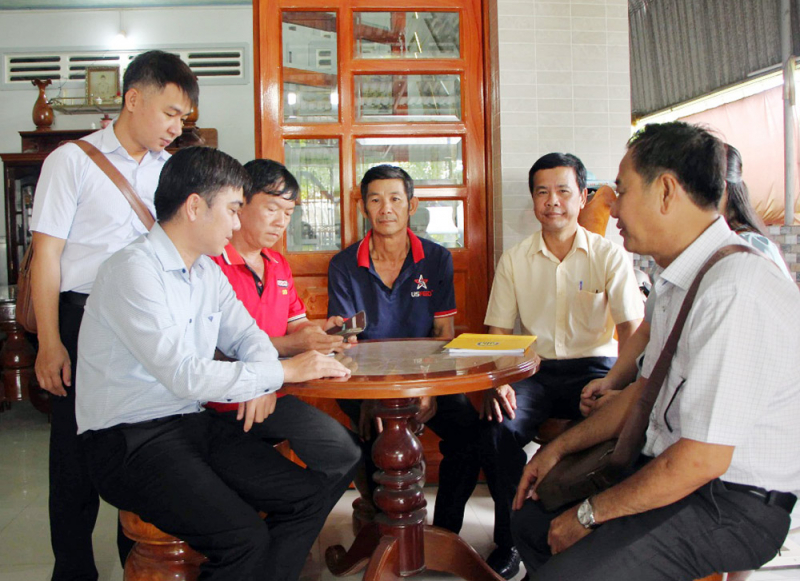
Mr. Truong Van Phuoc, a resident of Phu Ninh commune, said he had heard the information from loudspeakers and social media, and was ready to cooperate when the investigators came to his house. He hoped that the results of the investigation would help the government develop more effective policies to support farmers. The close coordination between the government, investigators and people helped the investigation in Phu Ninh go smoothly on the first day of the campaign, opening the way for a successful general census.
Ms. Tran Thi Bich Hanh, Deputy Team Leader in charge of Statistics Team No. 9, said that the team has actively deployed widespread communication, from grassroots radio to spreading information on social networks through the commune-level digital transformation team and local culture - communication - statistics officers.
“We will closely coordinate with the People's Committee of Phu Ninh commune to conduct the general census according to the plan, assign tasks clearly, and develop specific plans during the information collection process. The team will closely monitor the collection and implementation of the investigation force's tasks, ensuring that data collection is correct, complete, and timely.
During the implementation process, the team will promptly record and reflect difficulties and problems from the grassroots to the City's 2025 Agricultural Census Steering Committee for appropriate direction and handling," said Ms. Hanh.
Mr. Tran Van Vu, Director of the Da Nang City Statistics Office, Deputy Head of the City Agricultural Census Steering Committee, said that this is a very important survey to assess the activities and lives of rural people. From these results, the data will be synthesized, analyzed and evaluated so that state management agencies and localities can formulate appropriate policies. The requirement is to follow the correct procedures, ensuring the "five right points": Go to the right household selected for the survey; meet the right person with sufficient authority and capacity to provide information (household head); ask the right questions according to the survey form on the tablet or phone; fill in the correct information provided by the survey subject; complete the assigned survey form on time. The close guidance and sense of responsibility of the statistical team are key factors for the Da Nang census to achieve the expected results.
Powerful application of information technology
Ms. Nguyen Thi Huong, Director of the General Statistics Office, emphasized that this census is important in providing complete and comprehensive information for policy making, assessing the current situation of agriculture and the lives of rural people. According to the General Statistics Office, in 2024, the rural population will be about 62.5 million people, accounting for 61.8% of the country's population.
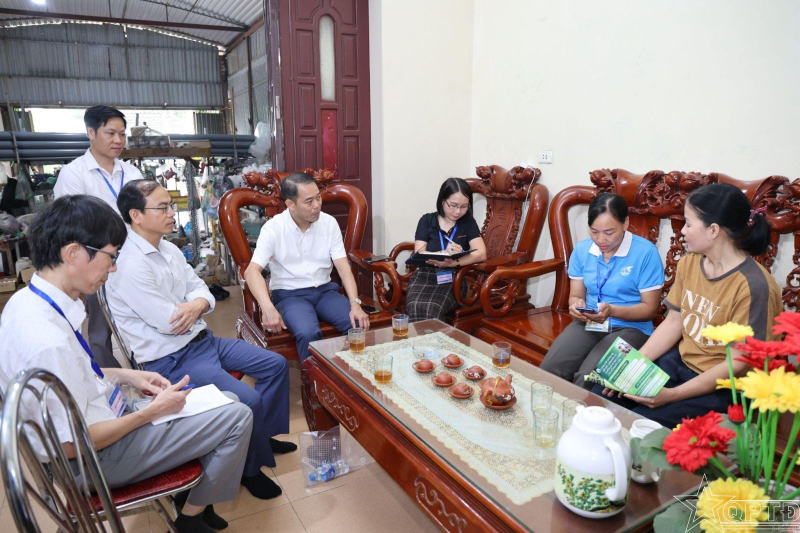
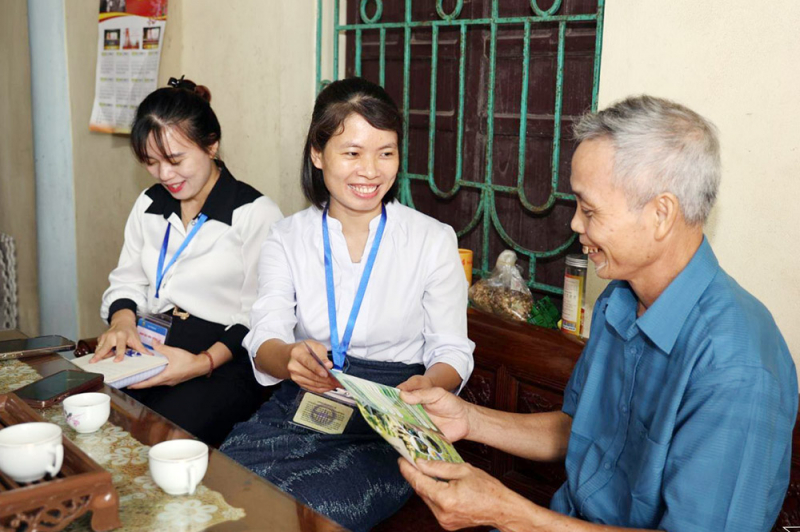
The 2025 rural and agricultural census will be conducted using a comprehensive survey method combined with a sample survey. Accordingly, the statistical agency will survey all units participating in agricultural, forestry and fishery activities, including households, farms, enterprises, cooperatives, commune People's Committees, and units participating in agricultural, forestry and fishery activities under the management of the Ministry of National Defense. In addition, the statistical agency will also conduct a sample survey of households participating in agricultural, forestry and fishery activities to collect some in-depth information, supplement household information, and serve the study of household production activities.
The time for collecting information for the 2025 rural and agricultural census is based on actual numbers as of July 1. The maximum time for collecting information at the survey area is 30 days, from July 1 to 30.
The 2025 Rural and Agricultural Census will simultaneously implement two information collection methods: Direct interviews and indirect information collection from survey units.
According to the General Statistics Office, this census changes the method of making a list of household survey units, helping to collect complete information and save costs. Maximizing the exploitation of existing administrative data and survey data, in order to minimize field collection, helping to improve the effectiveness of the census.
In particular, implementing the form of information collection, using electronic survey forms (CAPI and Webform) and online data management methods, to control the progress and quality of the survey during the information collection process at the local level; enhancing accountability and centralized data management, and exploiting and using decentralized data. The General Statistics Office also strengthens the application of information technology in checking, cleaning and completing data. At the same time, studying sampling methods to meet information requirements: With the support of the Food and Agriculture Organization (FAO), 2 types of survey samples have been built to serve the generalization of SDG indicators and specialized indicators on agriculture, forestry and fisheries, both to meet the information objectives and to improve the effectiveness of information collection.
The General Statistics Office has strongly applied information technology to improve the quality and efficiency of statistical surveys. By 2025, over 90% of the total number of surveys will use electronic survey forms on mobile devices (CAPI) or online (Webform) and apply information technology in all stages: Managing the survey network, managing statistical surveyors, managing supervisors, assigning tasks, collecting information, monitoring, processing, cleaning, storing and publishing results...
At the same time, research on applying machine learning technology to support the inspection and review of economic sector codes, applying AI to support information collection, using GPS positioning of the investigation unit in the operation management, monitoring the implementation of the investigation and disseminating the results, applying the method of collecting information by direct and indirect interviews. The software system serving the management, monitoring, collection and processing of the results of the investigation is implemented by the team of IT engineers of the Statistics sector.
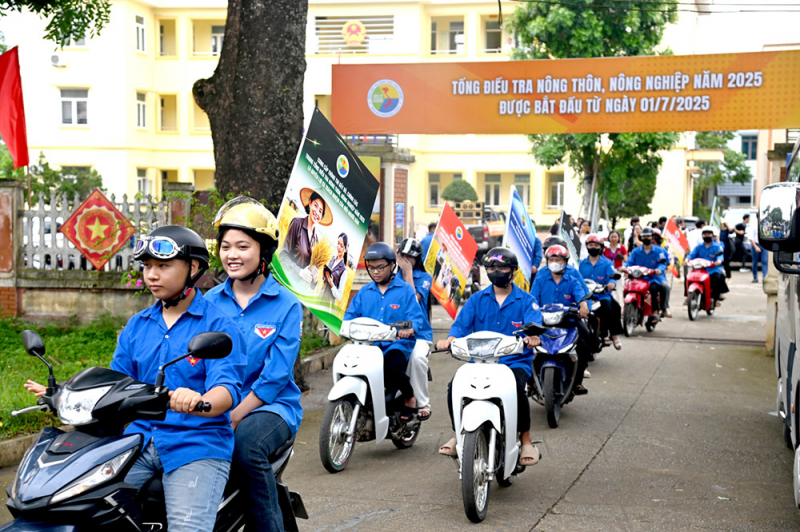
The application for direct information collection is installed on the investigator's smart mobile device (using Android or iOS operating system). The management, supervision and processing of survey data is carried out through a website, ensuring synchronization and consistency from central to local levels. The survey software is designed, built and deployed on the Internet environment, applicable to all stages: Making a list, managing the survey network, assigning investigators and supervisors, collecting information, supervising the survey and cleaning data, exploiting results...
According to the General Statistics Office, this rural and agricultural census aims at three purposes: compiling relevant statistical indicators belonging to the national statistical indicator system, compiling socio-economic indicators to serve the assessment of the current situation, analyzing changing trends, building plans and strategies for rural development, agriculture, forestry and fishery sectors and improving the living standards of rural residents nationwide.
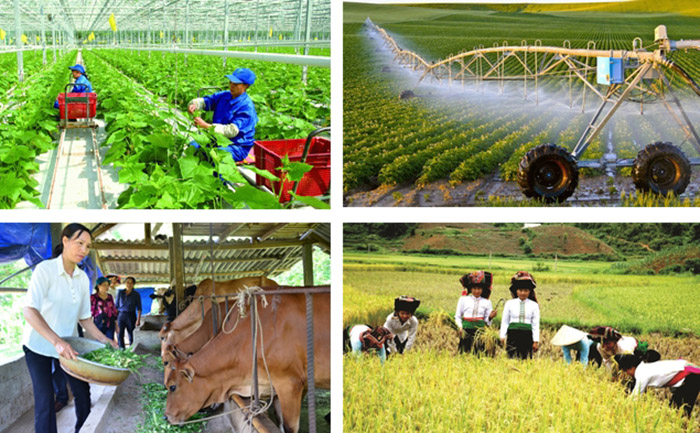
Second, to serve research to evaluate the scale and structure of rural labor and agricultural, forestry and fishery labor, changes in rural infrastructure, the implementation of some contents of national programs and goals in the rural sector, and to serve international comparisons of rural indicators.
Third, build a database on rural areas, agriculture, forestry and fisheries to serve in-depth research and meet other statistical requirements.
The 2025 rural and agricultural census will be conducted nationwide for all survey units.
Strengthening the Central Steering Committee for the 2025 Rural and Agricultural Census
Deputy Prime Minister Nguyen Hoa Binh has just signed Decision No. 1414/QD-TTg on the consolidation of the Central Steering Committee for the 2025 Rural and Agricultural Census. Deputy Prime Minister Ho Duc Phoc is the Head of the Central Steering Committee for the 2025 Rural and Agricultural Census (Steering Committee).
Minister of Finance Nguyen Van Thang is the Standing Deputy Head of the Committee; Director of the General Statistics Office Nguyen Thi Huong is the Deputy Head of the Committee. Members include: Mr. Hoang Cong Thuy, Vice Chairman of the Central Committee of the Vietnam Fatherland Front; Lieutenant General Pham The Tung, Deputy Minister of Public Security; Mr. Le Hai Binh, Permanent Deputy Minister of Culture, Sports and Tourism; Mr. Nguyen Hoang Hiep, Deputy Minister of Agriculture and Environment; Mr. Nguyen Xuan Dinh, Vice Chairman of the Central Executive Committee of the Vietnam Farmers' Union; Ms. Cao Xuan Thu Van, President of the Vietnam Cooperative Alliance; Mr. Nguyen Thanh Duong, Deputy Director of the General Statistics Office.
The Steering Committee performs the functions, tasks and powers as prescribed in Decision No. 942/QD-TTg dated September 9, 2024 of the Prime Minister on the establishment of the Central Steering Committee for the 2025 Rural and Agricultural Census (2025 Rural Census) and the Regulation on organization and operation of the Central Steering Committee for the 2025 Rural and Agricultural Census attached to Decision No. 942/QD-TTg. The Minister of Finance - Permanent Deputy Head of the Committee performs the functions, tasks and powers assigned to the Minister of Planning and Investment in Decision No. 942/QD-TTg and the Regulation on organization and operation of the Central Steering Committee for the 2025 Rural and Agricultural Census attached to Decision No. 942/QD-TTg.
The Ministry of Finance (General Statistics Office) is the standing agency of the Central Steering Committee for the 2025 National Population and Housing Development, responsible for performing the functions, tasks and powers assigned to the Ministry of Planning and Investment (General Statistics Office) in Decision No. 942/QD-TTg and the Regulation on organization and operation of the Central Steering Committee for the 2025 National Population and Housing Development attached to Decision No. 942/QD-TTg.
Source: https://cand.com.vn/doi-song/den-tung-nha-gap-dung-nguoi-thu-thap-dung-du-thong-tin-i773609/





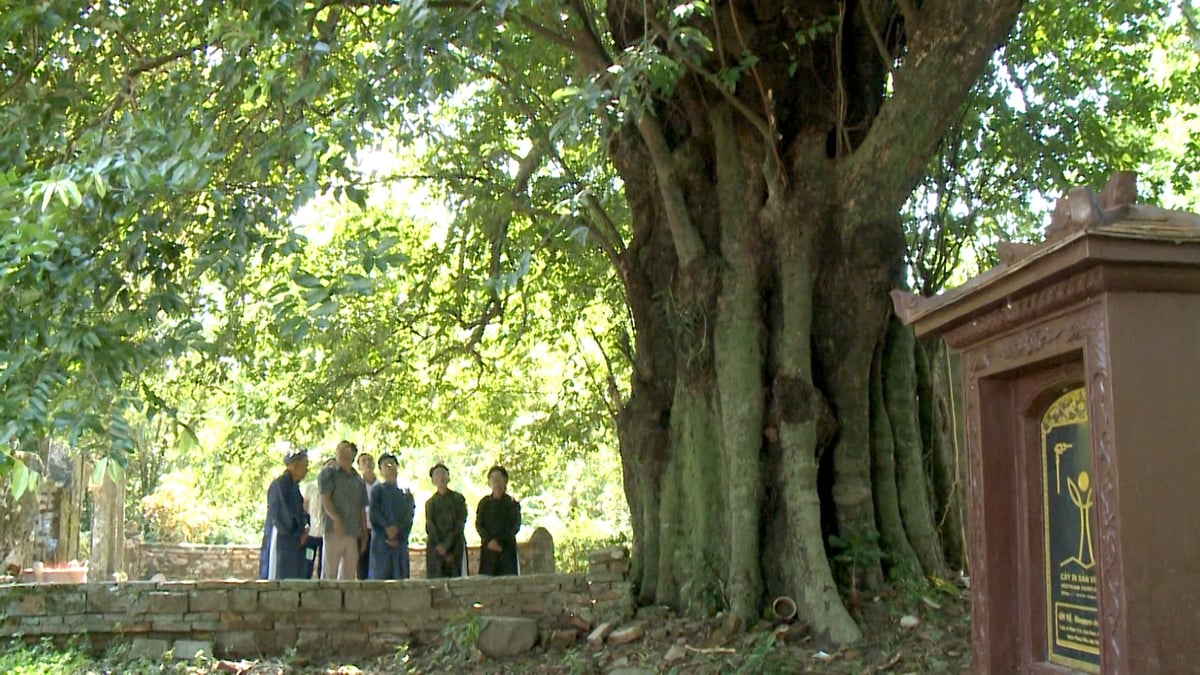








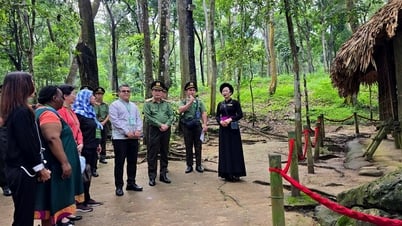



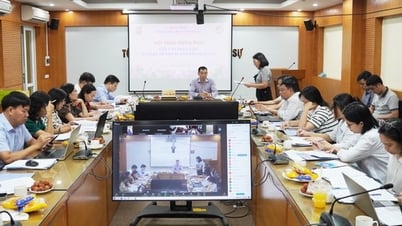






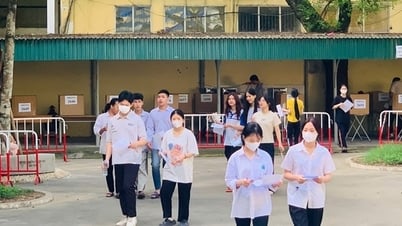
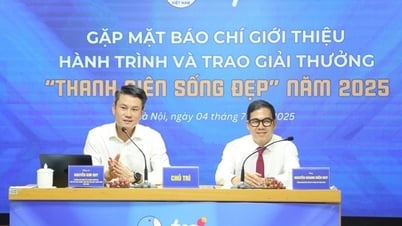
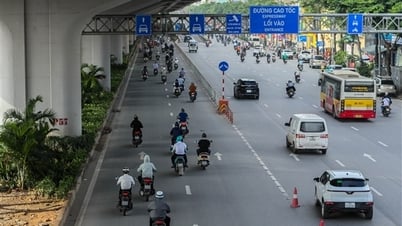
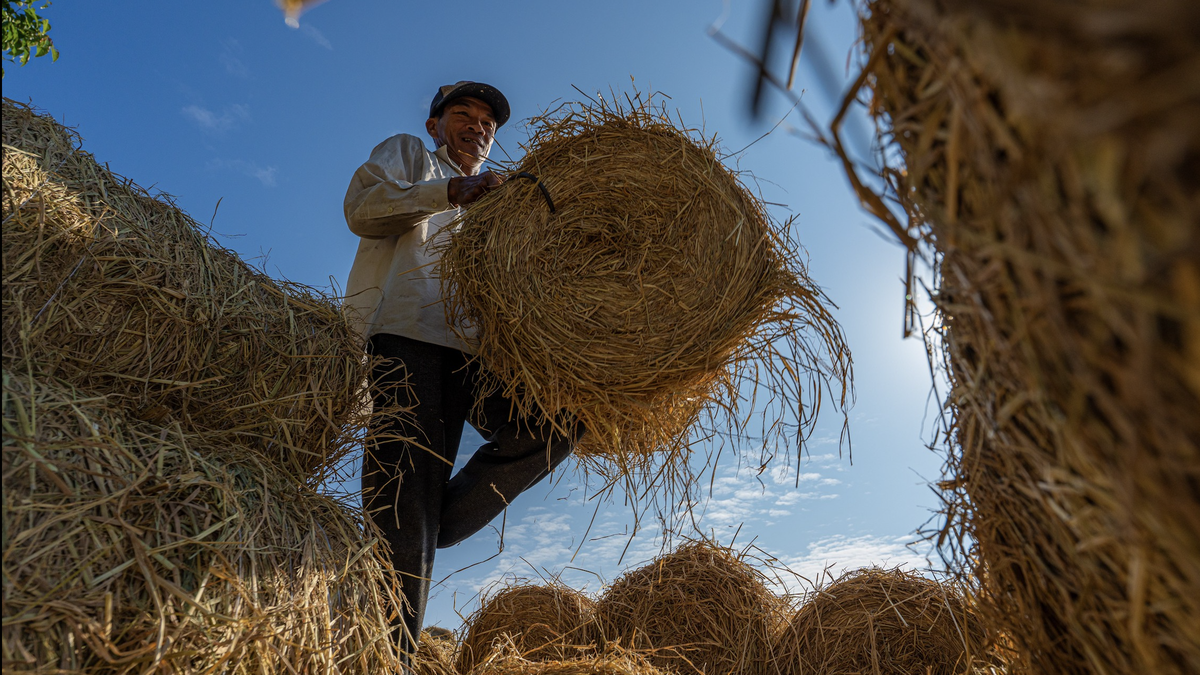





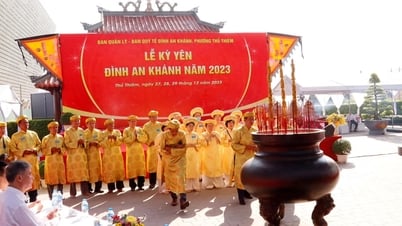
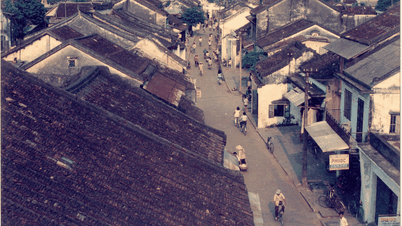








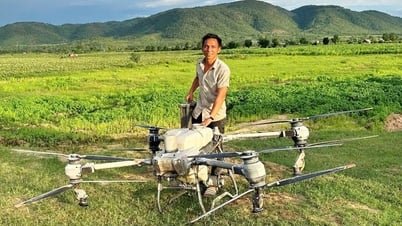

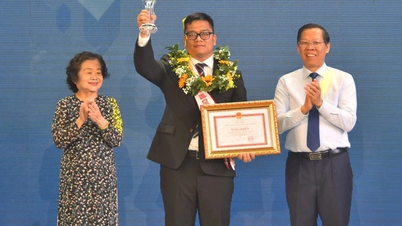





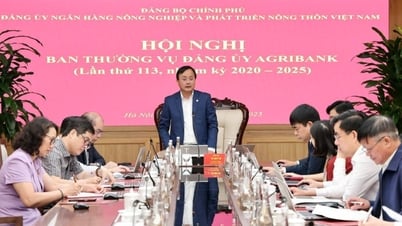



















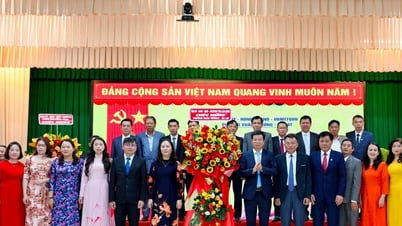



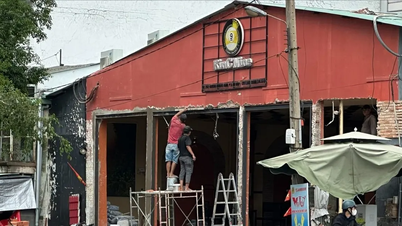



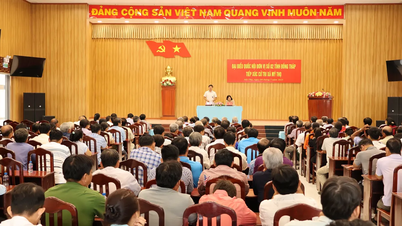
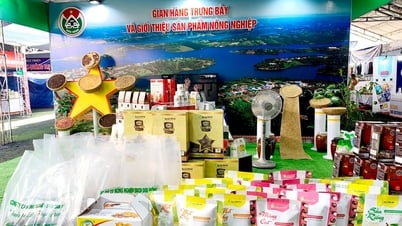
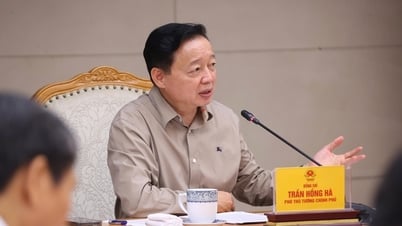
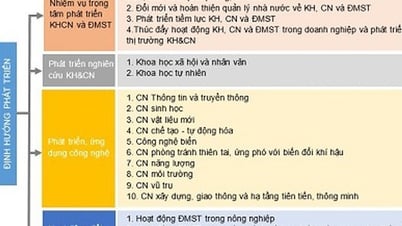

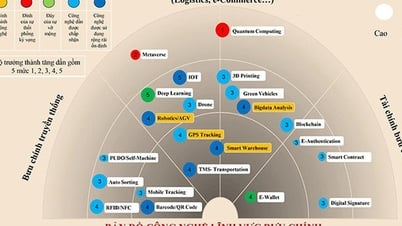
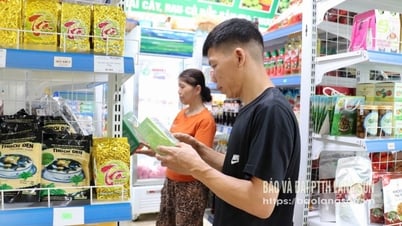






Comment (0)